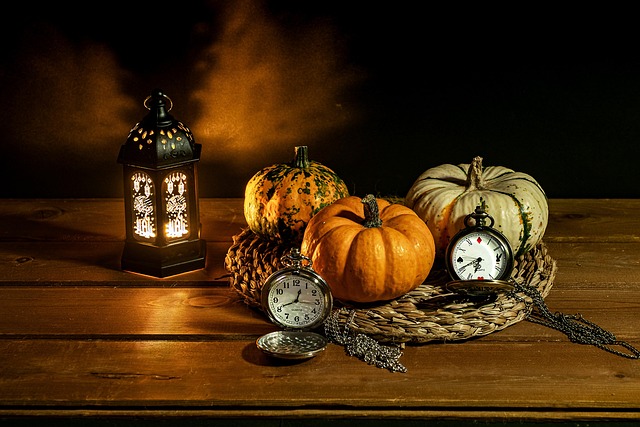Mastering the Art of Framing: A Guide to Perfect Composition
Framing is an essential technique in composition that can elevate your photographs from ordinary to extraordinary. It’s the unseen artist’s touch that guides a viewer’s eye, creates emotional depth, and enriches storytelling. Just as an artist carefully selects a frame for their painting, photographers must also consider how to effectively use framing to capture their subjects in the best light.
The Emotional Connection of Framing
Every photo tells a story, and the way you frame your subject can significantly affect the story’s impact. Imagine standing in a vast landscape, with rolling hills and a dramatic sunset. Without careful framing, the scene may feel flat or chaotic. However, by incorporating elements in the foreground, such as a tree or rocks, you provide context and depth, inviting the viewer’s eye to explore the entire scene. This technique adds layers to your image, enhancing its emotional resonance.
Understanding Natural Frames
Nature provides an abundance of framing opportunities. Look for doorways, windows, or branches that act as natural frames, encapsulating your subject and drawing attention to it. Consider how a bridge can lead the eye toward a distant mountain or how a hallway can create a tunnel effect, directing focus. These natural elements not only structure your composition but also create a sense of place, making the viewer feel as though they are stepping into your world.
The Power of Symmetry and Balance
Framing isn’t just about borders; it’s also about balance within your composition. Using symmetrical framing can evoke harmony and tranquility, while asymmetrical framing often creates visual tension and interest. Experiment with different compositions; try placing your subject off-center and framing it with surrounding elements. This approach often results in more dynamic images that keep viewers engaged and intrigued.
Framing in Portraits
When it comes to portraits, framing takes on an even more personal aspect. The way you frame a face can express emotions and personality. Use hands, hair, or even clothing to frame the subject’s face, creating an intimate connection with the viewer. Additionally, including context around your subject helps tell their story, whether it’s the cozy warmth of a home or the bustling energy of a city street.
Experimentation and Refinement
Mastering the art of framing requires creativity and experimentation. Don’t be afraid to adjust your angle, move closer, or step back until you find that perfect composition. Review your photographs critically; see where the framing works and where it falls flat. Over time, you’ll develop an instinct for framing that resonates with your personal style and the stories you wish to tell.
Conclusion
Embrace the art of framing in your photography as your creative toolkit. Your ability to guide a viewer’s eye, create emotional depth, and depict nuanced stories will only get stronger as you practice. With every click of the shutter, remember: it’s not just what you capture, but how you frame it that makes all the difference.



